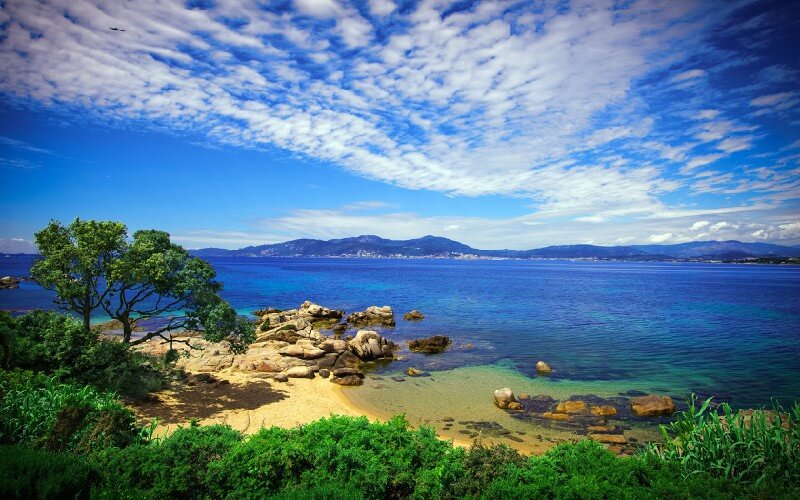Filitosa in France, Corsica resort
Rating: 7,5/10 (100 votes)  Filitosa – the local Corsican Stonehenge is a prehistoric field of megaliths located in the southern part of the island of Corsica. Megaliths, or menhirs, date from the Neolithic to the Bronze Age. The area was inhabited during this period, then the Romans came to Corsica. In 1946, when the land was owned by a certain Charles-Antoine Caesari, Phylytosa was discovered. A few years later, in 1954, systematic excavations began. As a result of archaeological searches, ceramic fragments of products were found dating back to 3300 BC. and the tips of weapons. The objects that glorified Filitosa, the two to three meter menhirs, were created here around 1500 BC. Menhirs are carved with human faces, armor and weapons, ornaments and bas-reliefs. It is assumed that these structures were supposed to protect the land from invasions, and were built during the invasions of Corsica by the Torrian tribes. But the stone giants were destroyed, even used as building materials. The Torrians erected structures of stones in the form of rings, which supposedly were their temples. The ring structures have survived to this day in excellent condition. In total, about twenty menhirs can be seen on Filytos, which is half of all known monuments in Corsica.  We also recommend reading City of Calvi in ??France, resort of Corsica Topic: Filitosa in France, Corsica resort. |




